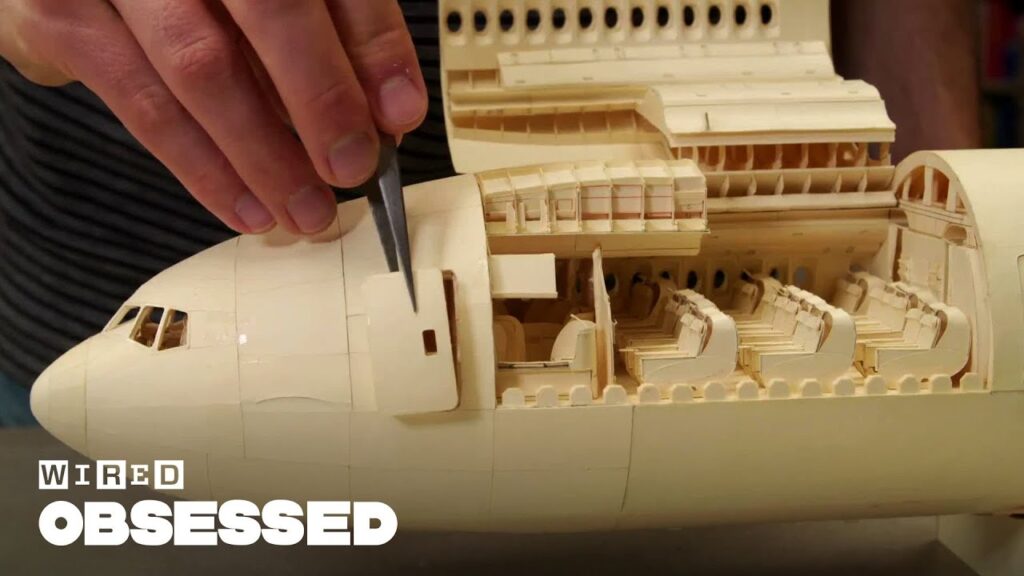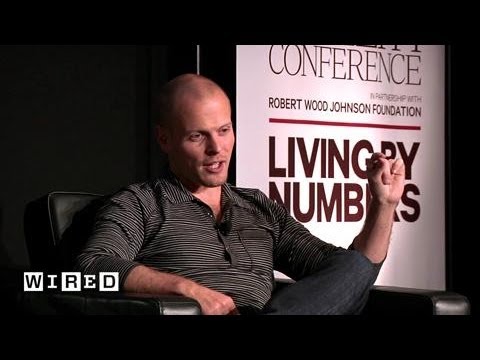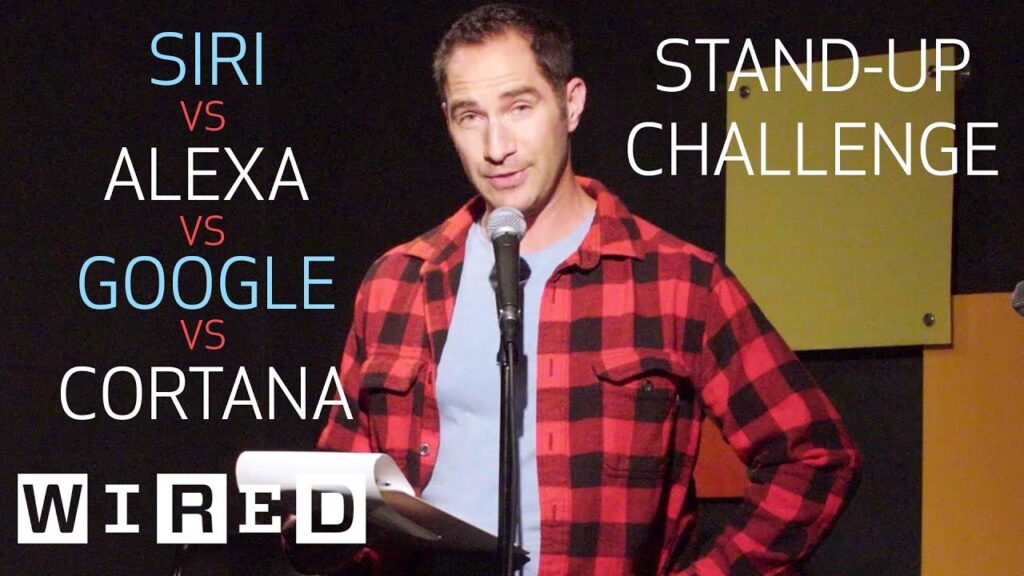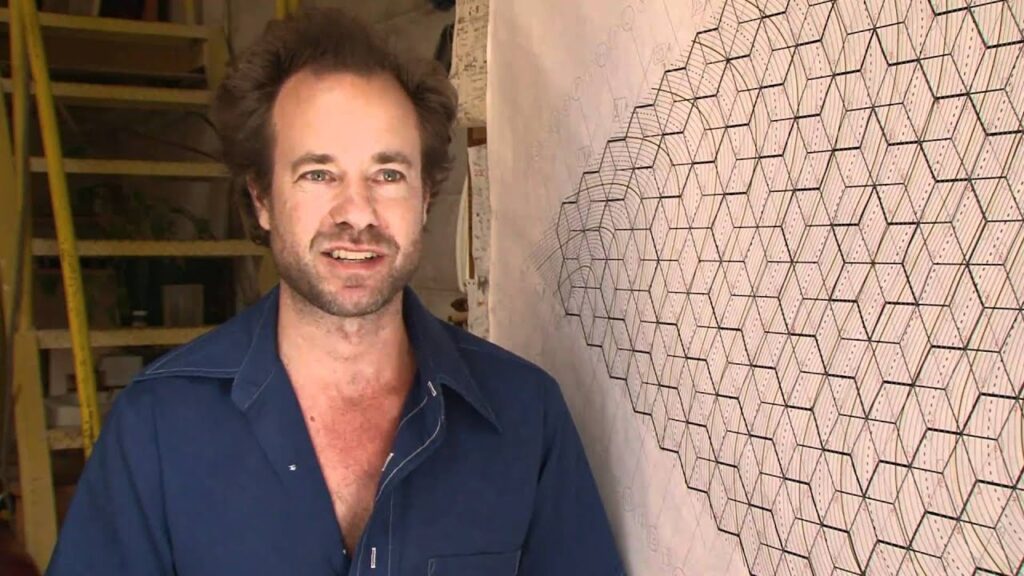Redesigning Streets in New York City: The Work of Claire at WXY
Summary
In this article, we explore the work of Claire, the principal in charge of WXY, an architecture firm that focuses on urban design, planning, and community-based architecture. We will dive into three street redesigns that WXY has done in New York City, including Cooper Union, Albee Square, and Astor Place.
Table of Contents
- Cooper Union: Reducing Lanes and Prioritizing Pedestrians
- Albee Square: Connecting Pedestrian Spaces
- Astor Place: Improving Green Spaces and Curb Placement
- Conclusion
Cooper Union: Reducing Lanes and Prioritizing Pedestrians
Cooper Union is an intersection where Bowery splits off into Cooper Square. The original street was widened to four lanes of traffic, resulting in a confusing intersection with no clear way for pedestrians to cross. WXY’s solution was to reduce the number of lanes, add pedestrian crosswalks, and limit the direction of traffic. This made more sidewalk space and shifted priorities to give new space for buses, cyclists, and pedestrians.
Albee Square: Connecting Pedestrian Spaces
Albee Square is an intersection in downtown Brooklyn with a lot of pedestrian traffic but not a lot of space to maneuver. The planning around Albee Square is to create more room by connecting the island to the sidewalk for a beautiful bank building and a new mall called Albee Square Mall that’s full of activity. The redesign of the street provides more space for pedestrians to move around and enjoy the area.
Astor Place: Improving Green Spaces and Curb Placement
Astor Place is a busy intersection in New York where several streets converge, including Lafayette, 8th Street, 4th Avenue, and Cooper Square. In the past, it was a confusing place with buses and pedestrians sharing the narrow streets. The area is home to art installations, subway stops, and historical remnants of old New York. The streets are prone to wear and tear due to high traffic, but efforts have been made to improve the area with more trees, bike racks, green spaces, and bio-swells. The placement of the curb is important in making the street look and feel even.
Conclusion
Successful streets are shared by a multiplicity of players, and street design is a problem of today and the near future. WXY’s work in redesigning streets in New York City has prioritized the needs of pedestrians, cyclists, and buses, creating more space for people to move around and enjoy the city. Through the redesign of streets like Cooper Union, Albee Square, and Astor Place, WXY has made a significant impact on the urban landscape of New York City.






